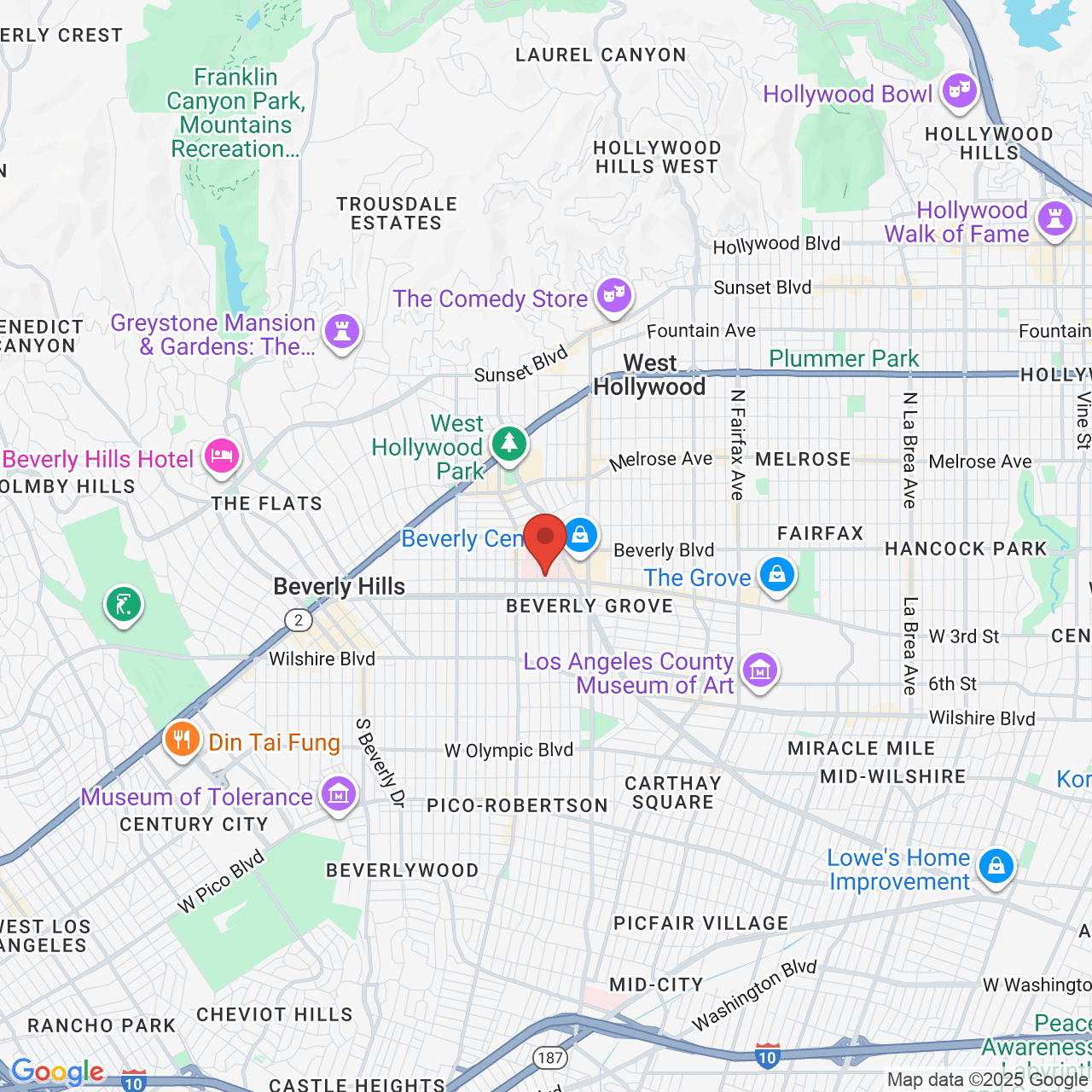New Lens Technology
When the natural lens is removed during cataract surgery, an IOL (intraocular lens) is inserted to take its place. Before IOLs were developed, one had to wear thick glasses or special contact lenses to be able to see after surgery. Now there are several different types of IOLs available for patients undergoing cataract surgery. Before surgery is performed, the eyes are measured to determine corneal astigmatism and the correct power of IOL for you.
Traditional IOLs
For several decades, monofocal lens implants have been extremely successful. The power of IOL is selected to allow the eye to see best at either near, far or intermediate distance without glasses. Most patients select an IOL that provides good distance vision without eyeglasses and they wear reading glasses for near.
Astigmatism
The outermost portion of the eye is the cornea. The cornea is a clear dome that provides most of the focusing power of the eye. Since it is a biological tissue, corneas are rarely perfectly round, or spherical. Sometimes the surface of the cornea is more like a football than a basketball. The degree which a cornea is not round is called astigmatism. While the power of a traditional monofocal IOL is calculated to correct near-sightedness (myopia) or far-sightedness (hyperopia). A person who has both cataract and corneal astigmatism will not regain high-quality distance vision after surgery to remove the cataract unless the astigmatism is also corrected.
Corneal astigmatism may be corrected at the time of surgery in two ways. Limbal relaxing incisions may be used to change the surface contour. Anatomically, the limbus is the zone where the cornea meets the white of the eye. Calculations are done to determine the length of one or two fine peripheral corneal incisions. The astigmatic correction is made at the start of cataract surgery which then proceeds in the usual fashion.
A Toric IOL may be implanted during cataract surgery to replace the clouded lens. This is a Monofocal IOL that makes it possible to reduce or eliminate both refractive error (myopia or hyperopia) and corneal astigmatism, to significantly improve uncorrected vision.
Presbyopia
With a monofocal lens set for distance, reading glasses are needed for close-up vision. This same condition – the need to wear eyeglasses to change focus – affects everyone by middle age due a natural aging condition known as presbyopia. Presbyopia develops as the natural lens loses flexibility, making zooming in up close more difficult. After initially zooming in out with extended arms and better lighting, reading glasses become necessary.
Many patients expect to be free of glasses following cataract removal. To become less dependent on eyeglasses for both near and far after cataract surgery, multifocal and accommodative IOLs have been designed.
Multifocal IOLs use specially designed focal zones on the surface of the lens. Light rays are focused through the different zones to provide sharply focused images at both near and far. In the clinical study , 80% of patients receiving the AcrySof ReSTOR IOL (Illustration) reported that they never wear glasses for any activities. With the AcrySof ReSTOR IOL they can read a book, work on the computer and drive a car – day or night – and play golf or tennis with an increased freedom from glasses. In fact, patients were so pleased with their vision, nearly 94% of patients said they would have the Acrysof ReSTOR IOL implanted again, if given the choice.
An accommodative IOL has design features that allow the natural focusing mechanism of the eye to move or flex the lens implant. The movement results in some adjustment to focus, which in turn improves the ability to see clearly at different distances without eyeglasses when compared to a traditional monofocal IOL. Crystalens (Illustration) is the first and only FDA-approved accommodating lens. This vision enhancement system requires absolute accuracy in pre-operative measurements of IOL power, corneal curvature and refraction to optimize the capabilities of the accommodating Crystalens. Achieving these standards requires the doctor and his clinical staff to focus on precision, predictability and personalized patient care.
All of these IOL systems work well. The success rate of cataract surgery is one of the highest among all surgeries. As with any surgery, there are potential risks. You should fully understand the risks, benefits and alternative before you make a decision regarding cataract surgery. You must consider how important it is for you to reduce your dependence on wearing eyeglasses after cataract surgery. You’ll also need to think about cost. Cataract surgery with a traditional Monofocal IOL is covered by Medicare, MediCal and nearly all health insurance plans. However, while the cataract surgery itself remains a covered service, special IOLs that provide the convenience of seeing better without eyeglasses are not considered medically necessary, therefore, their additional cost is not covered by health insurance. Patients who want the benefits provided by these enhanced IOLs must pay the additional cost of these lenses out-of-pocket.


